Dynamic pricing is a strategic approach businesses use to set flexible prices for products or services based on current market demands, competition, customer behavior, and other variables. This pricing strategy plays a crucial role across various industries, enabling companies to maximize profits and stay competitive. In this blog, we will explore the different types of dynamic pricing in detail, each tailored to specific market conditions and business objectives. Understanding these types can help businesses implement the most effective pricing strategies to enhance their market presence and revenue generation.
What is Dynamic Pricing?
Dynamic pricing is a pricing strategy that allows businesses to adjust prices for products or services in real time based on market demand, supply conditions, customer behavior, and other external factors. Unlike static pricing, where prices remain fixed, dynamic pricing adapts to the changing market environment, enabling businesses to respond quickly to fluctuations in demand or competition.
Dynamic pricing holds significant importance across various sectors due to its impact on revenue optimization and market adaptability. Here are some key reasons why dynamic pricing is crucial:
- Maximizes Profitability: By adjusting prices based on demand, businesses can capitalize on high-demand periods by raising prices, thus maximizing profits. Conversely, during low-demand periods, reducing prices can help maintain sales volumes, thus avoiding stock accumulation.
- Enhances Customer Perception: Dynamic pricing can also help businesses appear more competitive and responsive to market changes. Customers who perceive a business as adaptable and fair in its pricing are more likely to remain loyal.
- Improves Inventory Management: For industries like retail and hospitality, dynamic pricing helps manage inventory more effectively. By lowering prices, businesses can clear out excess inventory, while higher prices during peak demand can prevent stockouts.
- Enables Market Penetration: Dynamic pricing strategies such as penetration pricing allow new products or services to enter the market more easily by initially offering lower prices to attract customers away from competitors.
- Adapts to Market Conditions: In rapidly changing markets, dynamic pricing provides a competitive edge by allowing businesses to respond instantly to market changes such as new competitors entering the market or changes in consumer preferences.
By integrating dynamic pricing strategies, businesses not only enhance their ability to navigate complex market dynamics but also ensure sustained growth and customer satisfaction.
Types of Dynamic Pricing
To effectively leverage dynamic pricing, it is essential to understand the various types that can be implemented based on specific criteria such as consumer behavior, time sensitivity, and market demand. Each type of dynamic pricing serves a unique purpose and is designed to address different strategic goals. In the following section, we will explore several major types of dynamic pricing, discussing how each operates and the scenarios in which they are most beneficial. This exploration will help businesses identify the most suitable dynamic pricing strategy to meet their objectives and adapt to the ever-changing market landscape.
1. Segmented Pricing:
Segmented pricing, also known as price differentiation, is a pricing strategy in which businesses offer different prices for the same product or service based on customer segments. This strategy can be advantageous for businesses, especially those with high fixed costs, as it allows them to increase overall profit and revenue. There are different types of segmented pricing, including channel-based, usage-based, and volume-based.
To implement segmented pricing effectively, businesses should conduct market research to identify customer segments and determine value drivers. They should then set prices accordingly to cater to the needs and preferences of different customer segments. This can lead to higher levels of customer satisfaction and loyalty.
Segmented pricing has several benefits, such as:
- Maximizing revenue and profitability: By offering different prices to different customer segments, businesses can attract customers who are willing to pay more while still catering to price-sensitive customers.
- Improving customer satisfaction: By offering a range of price options, businesses can cater to the needs and preferences of different customer segments, leading to higher levels of customer satisfaction and loyalty.
- Enhancing competitive advantage: Price segmentation can help businesses differentiate themselves from competitors and attract a wider variety of customers.
- Efficient resource allocation: By understanding the different customer segments, businesses can allocate their resources more efficiently, focusing their efforts on the segments that generate the most revenue and profit.
- Inventory management: By offering different prices for different products, businesses can effectively manage their inventory and reduce the likelihood of overstocking or understocking.
However, there are also challenges associated with segmented pricing, such as complexity, administrative costs, customer confusion, cannibalization, and the potential for discrimination. To mitigate these challenges, businesses should communicate their pricing strategy clearly to customers, ensure transparency, and continuously monitor their pricing strategy to ensure it remains effective.
Segmented pricing is used in various industries, including retail, e-commerce, B2B, travel, and software. In retail and e-commerce, businesses might offer varied pricing structures for online and in-store purchases, recognizing the distinct behaviors and expectations of online and in-store customers. In the B2B realm, businesses might employ volume-based pricing segmentation, offering per-unit price reductions for larger purchase volumes. In the travel industry, businesses might mitigate challenges by ensuring transparent communication regarding pricing variations, explaining the reasons behind peak pricing during high-demand seasons, and offering early-bird discounts to incentivize off-peak travel.
In summary, segmented pricing can be a powerful tool for businesses to maximize revenue, improve customer satisfaction, and gain a competitive edge. By understanding the different segments of their customer base and tailoring their pricing strategy accordingly, businesses can offer customers the right product at the right price, ultimately driving more sales and boosting their bottom line.
2. Peak Pricing
Peak pricing, also known as peak surcharging or demand pricing, is a pricing strategy in which businesses charge higher prices for their goods or services during periods of high demand. This strategy aims to capitalize on the increased willingness of customers to pay higher prices during these peak periods.
To implement peak pricing effectively, businesses should identify the peak periods for their products or services and adjust their prices accordingly. This can be done by monitoring market trends, competitor pricing, and customer behavior. For example, airlines often charge higher prices for flights during peak travel times, such as holidays or weekends, as demand for flights is typically higher during these periods. Similarly, hotels may charge higher prices during peak tourist seasons or special events.
Peak pricing has several benefits, such as:
- Increased revenue: By charging higher prices during peak periods, businesses can increase their overall revenue and profitability.
- Improved customer satisfaction: By offering discounts or lower prices during off-peak periods, businesses can attract price-sensitive customers who may not be willing to pay the higher prices during peak periods.
- Efficient resource allocation: Peak pricing can help businesses manage their resources more effectively by ensuring that they are not over- or under-utilizing their capacity during peak or off-peak periods.
- Competitive advantage: By offering peak pricing, businesses can differentiate themselves from competitors and attract customers who are willing to pay higher prices for their products or services.
However, there are also challenges associated with peak pricing, such as:
- Complexity: Implementing peak pricing requires businesses to monitor market trends, competitor pricing, and customer behavior to determine the optimal pricing strategy.
- Customer confusion: Customers may be confused by the varying prices for the same product or service during peak and off-peak periods, which could negatively impact their perception of the business.
- Potential for discrimination: Peak pricing can be perceived as discriminatory if it disproportionately affects certain customer segments, such as low-income or price-sensitive customers.
- Regulatory challenges: In some industries, peak pricing may be subject to regulatory oversight, which could limit the ability of businesses to implement this pricing strategy.
To mitigate these challenges, businesses should communicate their peak pricing strategy clearly to customers, ensure transparency, and continuously monitor their pricing strategy to ensure it remains effective. Additionally, businesses should consider offering discounts or lower prices during off-peak periods to attract price-sensitive customers and maintain customer loyalty.
3. Time-Based Pricing:
Time-based pricing, also known as time-of-day pricing or dynamic pricing, is a pricing strategy in which businesses adjust their prices based on the time of day, day of the week, or other time-related factors. This strategy aims to capitalize on the differences in demand and customer behavior at different times.
To implement time-based pricing effectively, businesses should monitor market trends, customer behavior, and competitor pricing to determine the optimal pricing strategy. For example, airlines often charge higher prices for flights during peak travel times, such as holidays or weekends, as demand for flights is typically higher during these periods. Similarly, hotels may charge higher prices during peak tourist seasons or special events.
Time-based pricing has several benefits, such as:
- Increased revenue: By charging higher prices during peak periods, businesses can increase their overall revenue and profitability.
- Improved customer satisfaction: By offering discounts or lower prices during off-peak periods, businesses can attract price-sensitive customers who may not be willing to pay the higher prices during peak periods.
- Efficient resource allocation: Time-based pricing can help businesses manage their resources more effectively by ensuring that they are not over- or under-utilizing their capacity during peak or off-peak periods.
- Competitive advantage: By offering time-based pricing, businesses can differentiate themselves from competitors and attract customers who are willing to pay higher prices for their products or services at certain times.
However, there are also challenges associated with time-based pricing, such as:
- Complexity: Implementing time-based pricing requires businesses to monitor market trends, customer behavior, and competitor pricing to determine the optimal pricing strategy.
- Customer confusion: Customers may be confused by the varying prices for the same product or service at different times, which could negatively impact their perception of the business.
- Potential for discrimination: Time-based pricing can be perceived as discriminatory if it disproportionately affects certain customer segments, such as low-income or price-sensitive customers.
- Regulatory challenges: In some industries, time-based pricing may be subject to regulatory oversight, which could limit the ability of businesses to implement this pricing strategy.
To mitigate these challenges, businesses should communicate their time-based pricing strategy clearly to customers, ensure transparency, and continuously monitor their pricing strategy to ensure it remains effective. Additionally, businesses should consider offering discounts or lower prices during off-peak periods to attract price-sensitive customers and maintain customer loyalty.
Time-based pricing is used in various industries, including retail, e-commerce, B2B, travel, and software. In retail and e-commerce, businesses might offer varying prices for the same product based on the time of day or day of the week, recognizing the distinct behaviors and expectations of customers at different times. In the B2B realm, businesses might employ time-based pricing segmentation, offering per-unit price reductions for larger purchase volumes during off-peak periods. In the travel industry, businesses might mitigate challenges by ensuring transparent communication regarding pricing variations, explaining the reasons behind peak pricing during high-demand seasons, and offering early-bird discounts to incentivize off-peak travel.
Time-based pricing can be a powerful tool for businesses to maximize revenue, improve customer satisfaction, and gain a competitive edge. By understanding the different customer segments and their behavior at different times, businesses can offer customers the right product at the right price, ultimately driving more sales and boosting their bottom line.
4. Penetration pricing
Penetration pricing is a pricing strategy in which businesses set low prices for their products or services at the beginning to gain market share quickly. The main objective of this strategy is to attract customers by offering prices significantly lower than competitors, with the hope of creating strong customer loyalty and establishing a solid foothold in the market. This strategy works best for products or services with price-elastic demand, as lower prices attract more customers and stimulate demand, increasing market share.
To implement penetration pricing effectively, businesses should consider the following steps:
- Assess the competitive landscape: Evaluate the market conditions, including competition, market size, and customer behavior, to determine if the market is suitable for a penetration pricing method.
- Evaluate economies of scale: Consider the potential for economies of scale as sales volume increases. Higher demand resulting from penetration pricing can lead to lower production costs and improved profitability in the long run.
- Determine the target audience: Identify the specific customer segments that are most likely to be attracted to the low prices.
- Set appropriate prices: Establish prices that are significantly lower than competitors, while still ensuring profitability.
- Monitor and adjust prices: Continuously monitor market conditions and customer behavior to determine when it is appropriate to raise prices.
Penetration pricing has several benefits, such as:
- Market share gain: By offering lower prices, businesses can quickly capture the attention of consumers who may have been hesitant to try their product or service previously.
- Competitive advantage: Penetration pricing can ward off new competitors and leave existing ones little time to respond, allowing the business to convert as many customers as possible.
- Economies of scale: Lower prices can lead to higher production volumes, resulting in lower average costs and improved profitability in the long run.
- High inventory turnover: Retailers and distributors benefit from penetration pricing because it increases inventory turnover.
- Increased goodwill: Customers who find value in the initial low price are likely to develop positive perceptions of the brand, leading to increased customer loyalty and positive word-of-mouth.
However, there are also challenges associated with penetration pricing, such as:
- Customer price expectation: Offering a product at a lower price may lead to customers developing unrealistic expectations that the price will remain the same, making it challenging for businesses to raise prices once customers become accustomed to them.
- Low customer loyalty: Penetration pricing may attract price-sensitive customers who are more likely to switch to competitors that might offer even lower prices.
- Difficulty in raising prices: Once customers become accustomed to low prices, it can be challenging for businesses to raise prices without losing customers.
Penetration pricing is used in various industries, including retail, e-commerce, and B2B. For example, Kroger and Costco have successfully employed penetration pricing strategies by offering lower prices compared to their competitors, which has helped them attract customers and increase market share. In the B2B realm, companies often offer higher discounts for larger purchases to incentivize large orders.
So, penetration pricing can be an effective strategy for businesses looking to quickly gain market share and establish a strong foothold in the market. However, it is essential to carefully consider the potential benefits and challenges before implementing this strategy and to continuously monitor market conditions and customer behavior to ensure its effectiveness.
5. Yield management
Yield management is a pricing strategy that involves optimizing the price and availability of products or services to maximize revenue or profits from a fixed, time-limited resource. It is especially important for businesses with perishable inventory, such as hotels, airlines, or events.
To implement yield management effectively, businesses should segment their market into smaller groups based on customer characteristics, needs, preferences, or behaviors. This process helps businesses understand their customers better and tailor their offers accordingly.
Yield management is a complex strategy that involves several aspects of management control, including rate management, revenue streams management, and distribution channel management. It is multidisciplinary, blending elements of marketing, operations, and financial management into a highly successful new approach.
Examples of industries where yield management is used include:
- Hotels: Hotels can segment customers by booking channel, length of stay, purpose of travel, or loyalty program status and offer lower rates to direct bookings, longer stays, leisure travelers, or loyal customers.
- Airlines: Airlines can segment customers by travel class, booking time, destination, or frequent flyer status and charge lower fares to economy class, early bookings, low-demand destinations, or loyal customers.
- Events: Events can segment customers by ticket type, attendance time, location, or interest and provide lower prices to general admission, off-peak hours, remote areas, or niche audiences.
The benefits of yield management include maximizing revenue, reducing costs by allocating resources and inventory more efficiently, enhancing customer satisfaction by offering the right products or services at the right time and price, and creating a competitive advantage by differentiating products or services from rivals and creating loyal customers.
However, yield management also has challenges, such as the need for careful planning and execution, the potential for creating too many or too complex segments that are difficult to manage or communicate, and the risk of customer dissatisfaction if the segmentation and pricing strategy are not communicated and explained effectively.
6. Real-time pricing
Real-time pricing, also known as dynamic pricing, is a pricing strategy in which the price of a product or service varies in real-time based on market conditions, customer demand, or other factors. This strategy is used to optimize revenue and profitability by adjusting prices according to the current market situation.
Real-time pricing is particularly useful in industries with perishable inventory, such as hotels, airlines, or events, where the availability of resources is limited. It allows businesses to allocate resources more efficiently and maximize revenue by adjusting prices based on demand fluctuations.
Real-time pricing can be implemented using various methods, such as:
- Demand-based pricing: Prices are adjusted based on the level of demand for a product or service. When demand is high, prices increase, and when demand is low, prices decrease.
- Supply-based pricing: Prices are adjusted based on the availability of resources. When resources are scarce, prices increase, and when resources are plentiful, prices decrease.
- Time-based pricing: Prices are adjusted based on the time of day, day of the week, or other time-related factors. For example, prices may be higher during peak hours and lower during off-peak hours.
Real-time pricing has several benefits, such as:
- Maximizing revenue: By adjusting prices based on market conditions and customer demand, businesses can maximize their revenue and profitability.
- Efficient resource allocation: Real-time pricing allows businesses to allocate resources more efficiently, ensuring that they are not over- or under-utilizing their capacity.
- Enhancing customer satisfaction: By offering the right product at the right price at the right time, businesses can improve customer satisfaction and loyalty.
- Creating a competitive advantage: Real-time pricing can help businesses differentiate themselves from competitors and create a competitive advantage.
However, real-time pricing also has challenges, such as the need for accurate and timely data, the potential for customer confusion or dissatisfaction, and the risk of regulatory oversight in some industries.
Real-time pricing is used in various industries, including energy, transportation, hospitality, and entertainment. For example, airlines use real-time pricing to adjust ticket prices based on demand and availability, while hotels use it to adjust room rates based on occupancy and demand. In the energy sector, real-time pricing is used to adjust electricity prices based on supply and demand, helping to balance the grid and reduce energy waste.
7. Auction-based pricing
Auction-based pricing is a dynamic pricing strategy in which an auction process determines the price of a product or service. In this method, the market sets the price, with the highest bidder winning the auction and paying the winning price. Auction-based pricing is sometimes referred to as "dynamic" or "fluid" pricing, as the price can change in real-time based on supply and demand.
Auction-based pricing has several benefits:
- Market-driven pricing: The market determines the price, eliminating the need for guesswork or setting prices manually.
- Efficient allocation of resources: The auction process ensures that resources are allocated to the highest bidder, maximizing their value.
- Transparency: The auction process is transparent, allowing bidders to see the current highest bid and adjust their bids accordingly.
- Flexibility: Auction-based pricing can be used for various types of products or services, including new product releases, supplier contracting, and inventory liquidation.
Examples of auction-based pricing include:
- Open-cry (or English) auctions: Bidders publicly submit bids, and the highest bidder wins the auction.
- Sealed-bid auctions: Bidders submit their bids privately, and the highest bidder wins the auction.
- Dutch auctions: The seller starts with a high price and gradually reduces it until a bidder accepts the price.
Auction-based pricing is used in various industries, such as e-commerce, B2B, and Web services. For example, eBay is a well-known platform that uses auction-based pricing for person-to-person online trading.
However, auction-based pricing also has challenges, such as:
- Complexity: The auction process can be complex, requiring a well-designed system to manage the bidding process and ensure fairness.
- Bidder behavior: Bidders may have different strategies and behaviors, which can affect the outcome of the auction.
- Regulatory oversight: In some industries, auction-based pricing may be subject to regulatory oversight, which can limit its use.
Overall, auction-based pricing is a dynamic pricing strategy that allows businesses to set prices based on market conditions and customer demand. While it has benefits such as market-driven pricing and efficient resource allocation, it also has challenges such as complexity and regulatory oversight.
Conclusion
Dynamic pricing is a powerful tool that allows businesses to adapt their pricing strategies to fluctuating market demands and consumer behaviors. Throughout this blog, we have explored various types of dynamic pricing, including segmented pricing, peak pricing, and others, each offering unique advantages and suited to different business objectives. By understanding and implementing these dynamic pricing strategies, businesses can enhance their revenue potential, optimize inventory management, and improve customer satisfaction.
As markets continue to evolve and technology advances, dynamic pricing will become increasingly sophisticated. Companies that can effectively implement and manage these strategies will be better positioned to thrive in competitive environments. It is essential for businesses to continuously monitor market trends and adapt their pricing strategies accordingly to maintain relevance and profitability.
FAQs:
Q1. What is dynamic pricing, and how does it work?
Dynamic pricing is a pricing strategy that allows businesses to adjust their product or service prices in real time based on various factors such as demand, supply, competitor pricing, and customer behavior. The goal is to optimize revenue by setting prices reflecting current market conditions and customer demand.
Q2. How does dynamic pricing differ from traditional pricing?
Traditional pricing involves setting fixed prices for products or services, while dynamic pricing allows for real-time adjustments based on market conditions. Traditional pricing may not account for demand, supply, or competitor pricing changes, leading to potential lost revenue opportunities.
Q3. What are the benefits of using dynamic pricing?
Dynamic pricing offers several benefits, including:
- Maximizing Revenue: By adjusting prices based on market conditions, businesses can optimize their revenue and increase profits.
- Responding to Market Fluctuations: Dynamic pricing enables businesses to quickly respond to changes in demand, supply, or competitor pricing, ensuring that prices remain competitive and profitable.
- Increased Customer Satisfaction: By offering more personalized pricing, businesses can cater to individual customer preferences and increase customer satisfaction.
- Improved Competitive Advantage: Dynamic pricing allows businesses to stay ahead of competitors by offering more competitive prices in response to changing market conditions.
Q4. How can dynamic pricing be implemented in real-world scenarios?
Dynamic pricing can be implemented in various industries and scenarios, such as:
- E-commerce: Online retailers can use dynamic pricing to adjust product prices based on real-time demand, competitor pricing, and customer behavior.
- Transportation: Airlines, ride-sharing services, and public transportation providers can use dynamic pricing to adjust ticket prices based on demand, time of day, and other factors.
- Energy and Utilities: Energy companies can use dynamic pricing to adjust electricity or gas prices based on supply and demand, time of day, or weather conditions.
- Finance and Banking: Financial institutions can use dynamic pricing to adjust loan rates, credit card fees, or investment product prices based on market conditions.
Q5. What are the challenges and limitations of dynamic pricing?
Despite its benefits, dynamic pricing also presents challenges and limitations, such as:
- Complexity: Implementing dynamic pricing requires sophisticated algorithms and real-time data processing capabilities, which can be complex and costly to develop and maintain.
- Customer Perception: Some customers may perceive dynamic pricing as unfair or unpredictable, potentially damaging customer trust and loyalty.
- Regulatory Compliance: In some industries, dynamic pricing may be subject to regulatory scrutiny or restrictions, requiring businesses to comply with specific guidelines or requirements.
- Data Privacy and Security: Collecting and processing data for dynamic pricing purposes may raise data privacy and security concerns, requiring businesses to implement robust data protection measures.
By understanding these challenges and limitations, businesses can effectively navigate the implementation of dynamic pricing strategies and maximize their benefits while mitigating potential risks.



.png)
.svg)
.webp)

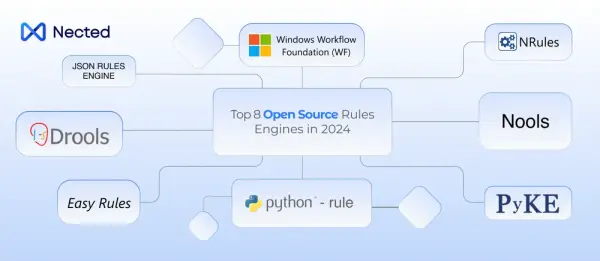




.svg)

.webp)
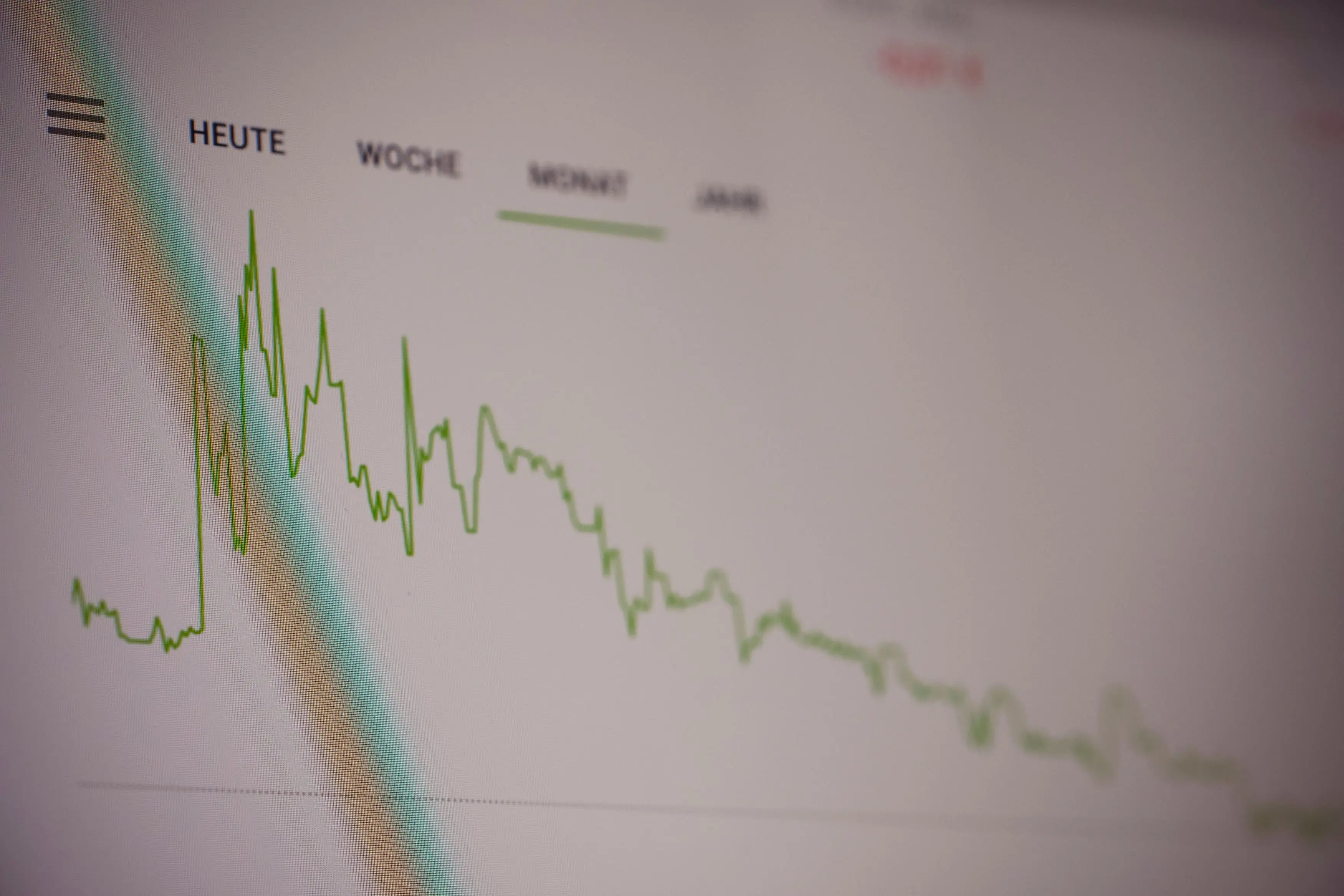


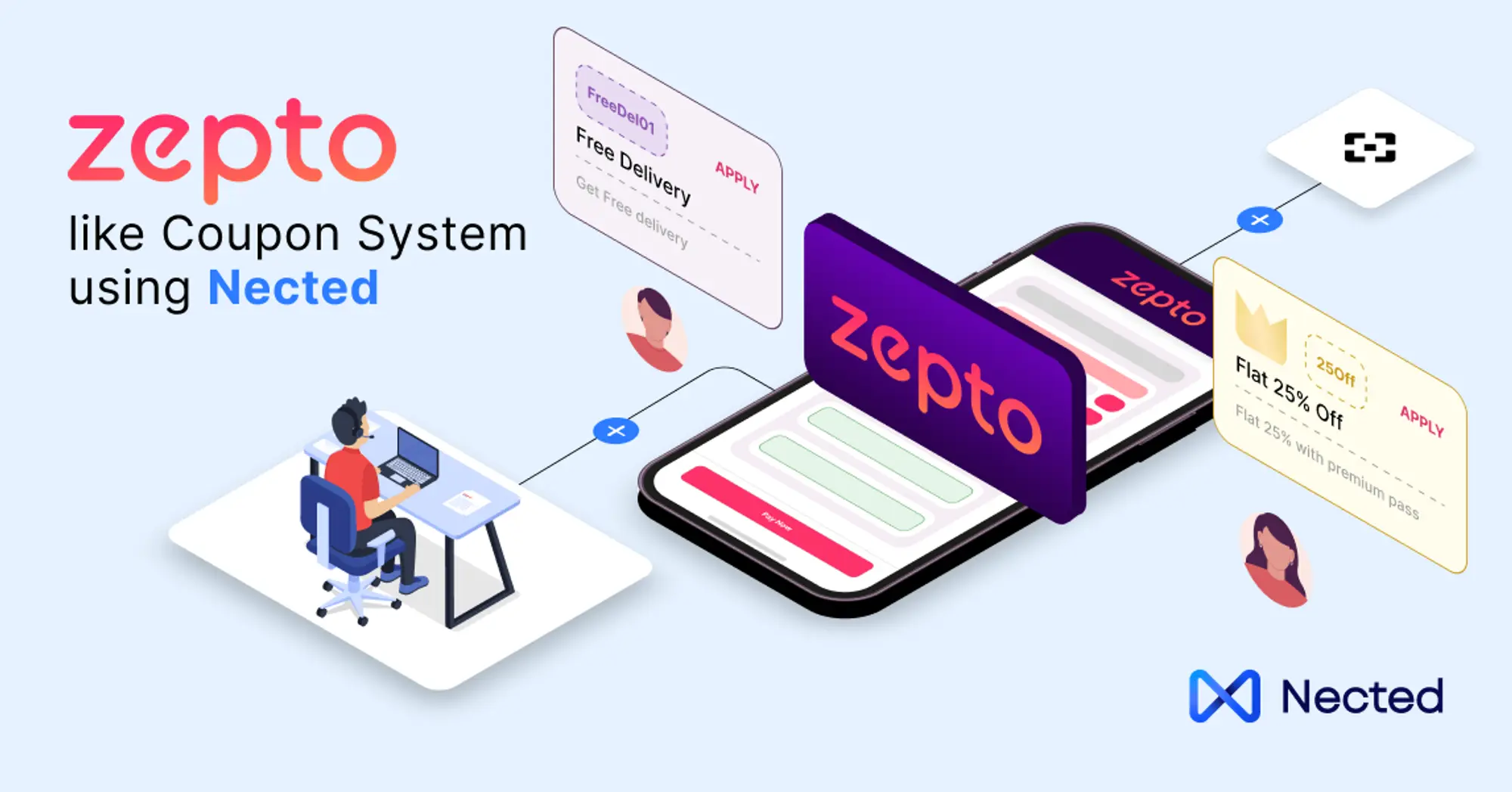
.webp)
.webp)

.webp)


.svg)





.webp)
.svg.webp)

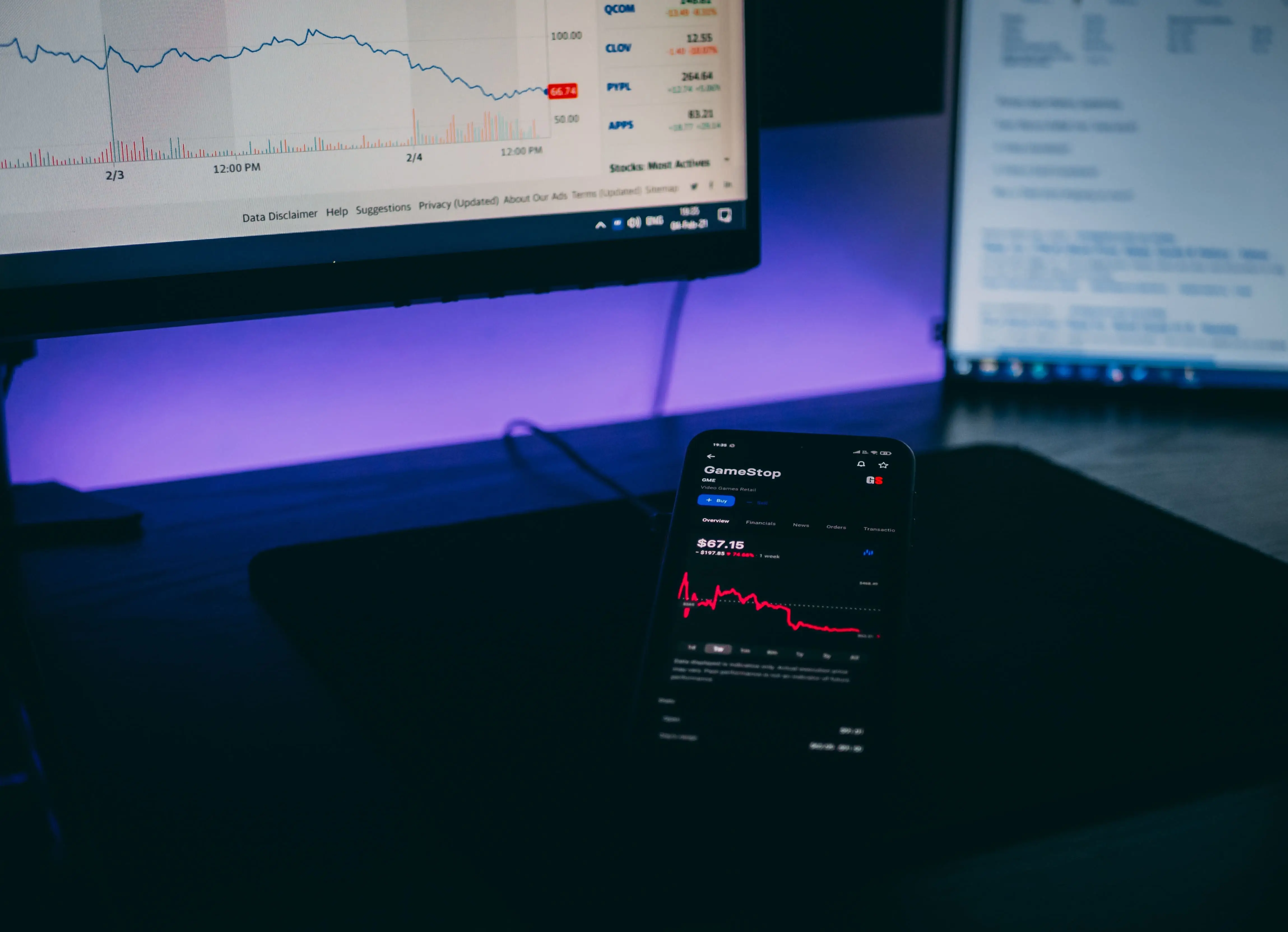
%252520(1).webp)
.webp)
.webp)
%252520(1).webp)



.webp)
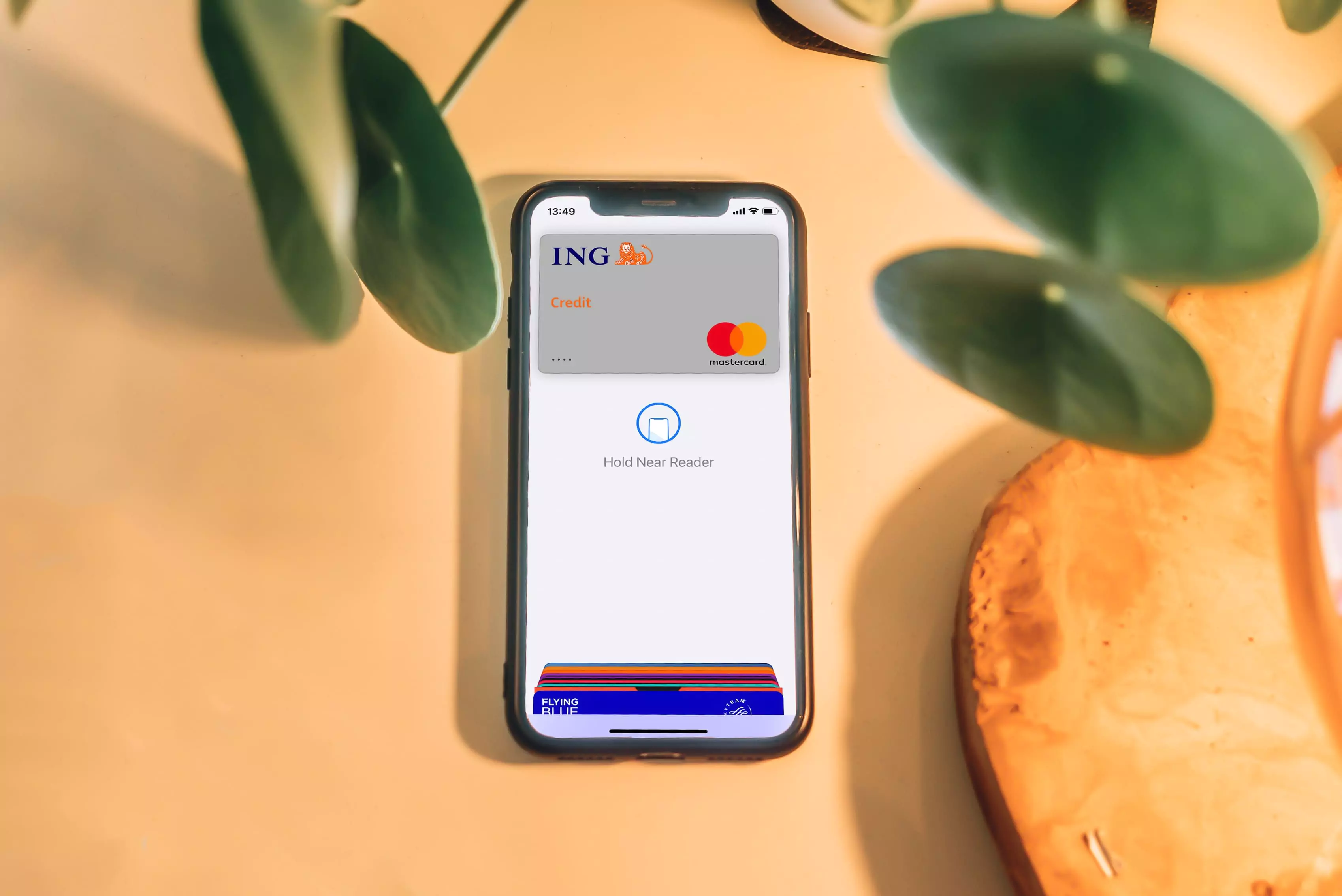

%20m.webp)
.webp)
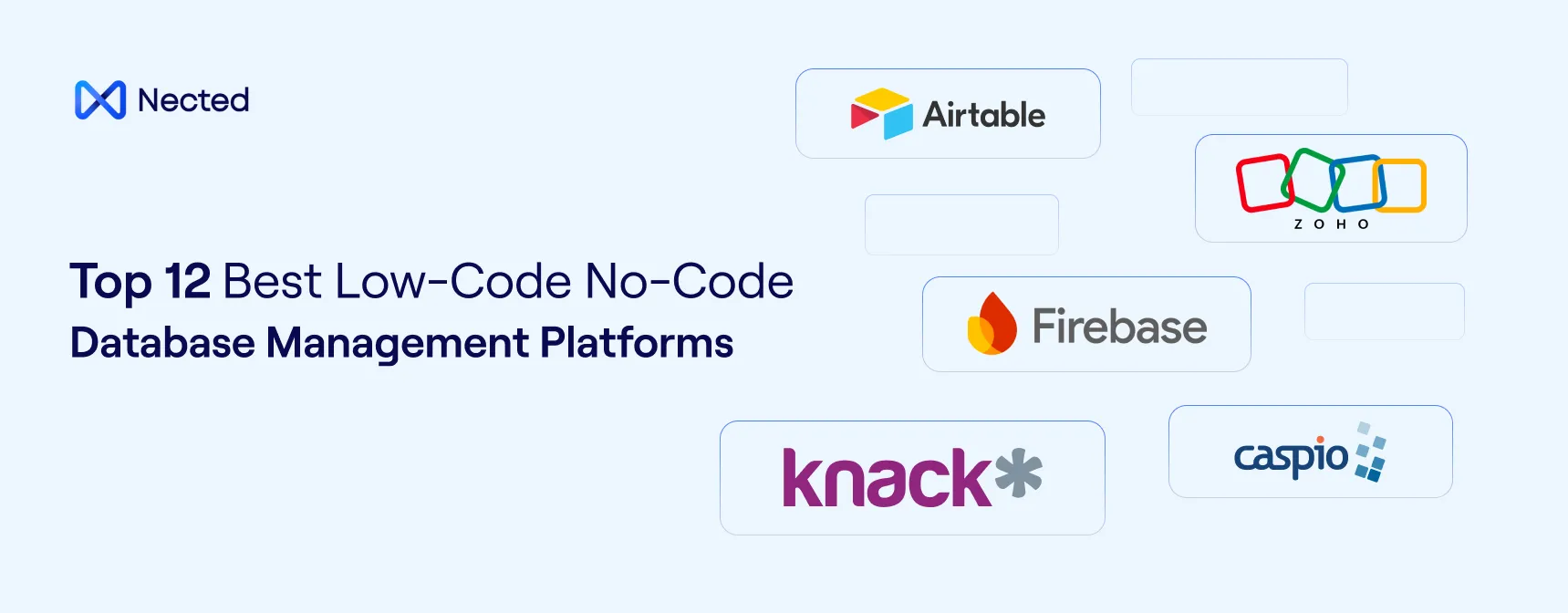

.webp)
.webp)






%20(1).webp)
